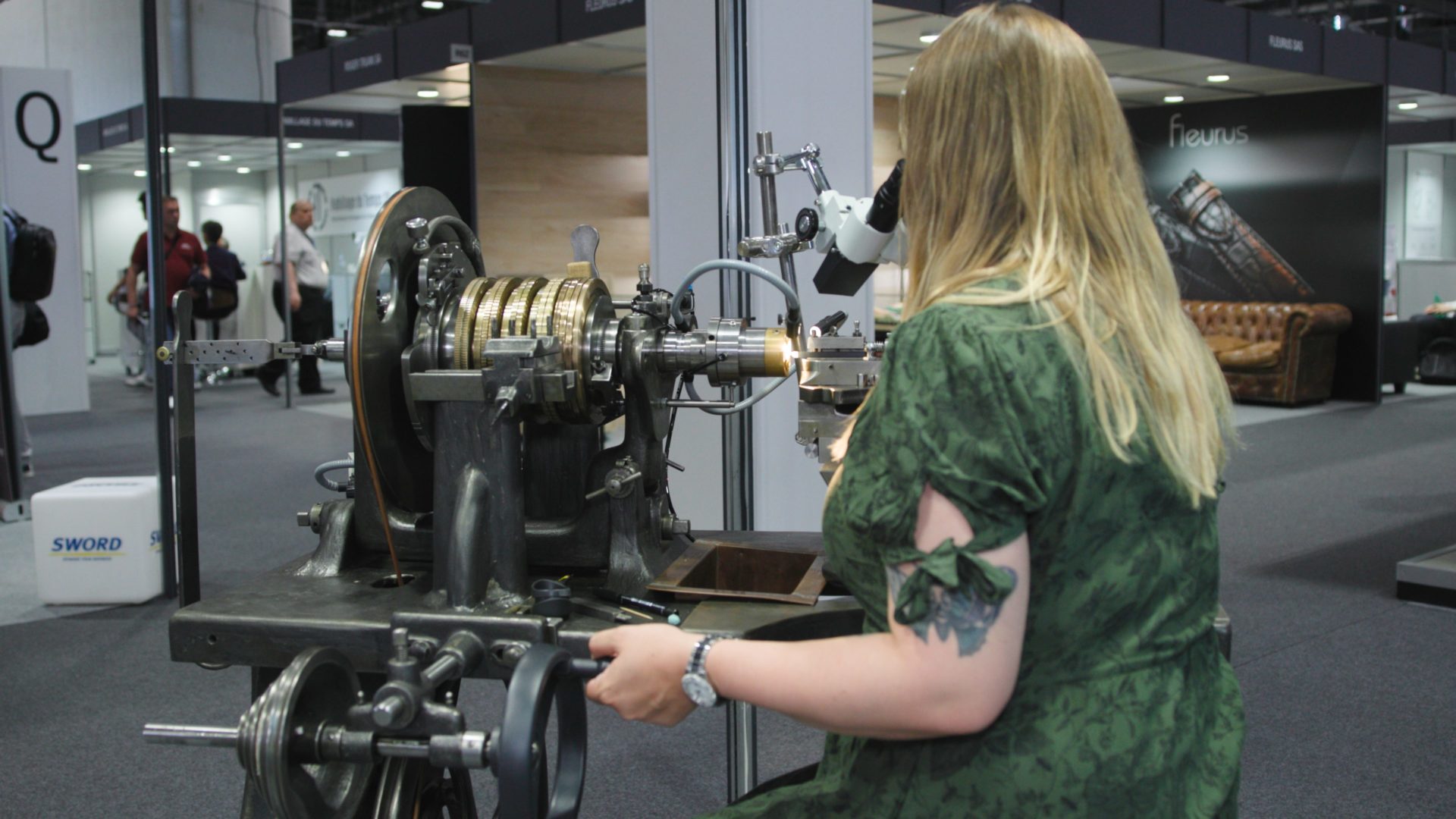UPDATES, JULY 2025
At Horopedia, we are dedicated to uncovering and sharing the fascinating world of watchmaking in all its dimensions. From age-old decorative techniques to cutting-edge surface treatments, from foundational mechanical principles to the evolving landscape of vocational education.
We invite you to have a look at some of the topics we’ve recently covered on Horopeida.org:
-
Staying true to our mission of providing the most accurate and accessible horological knowledge, we’ve updated our popular 3D video illustrating how a mechanical watch works. The video now highlights the various components of a mechanical movement in distinct colours, making it even easier to follow the interplay of wheels, springs, and levers that power these miniature marvels.
-
A watch case can be seen as a simple component at first sight. However, its production requires the same levels of precision, innovation and technical mastery as any of the smallest parts of a watch movement. As much an aesthetic element as a functional one, the watch case knows few limits in terms of shape, design, materials, and colours. Discover our new video on the industrial production of watch cases and see that nothing is as easy as it might seem.
-
Engine turning is a decorative engraving technique that removes material to form precise, repetitive patterns on metal surfaces. Although not originally developed for horology, engine turning was embraced by watchmakers in the 18th century and has since become a hallmark of high-end timepieces. To showcase the remarkable variety of patterns achievable on three distinct types of lathes, we’ve created an introductory video that delves into this captivating craft and its unique subtleties.
-
Among the more recent technological advances in watchmaking are surface treatments by vapour phase deposition, namely PVD (Physical Vapour Deposition) and CVD (Chemical Vapour Deposition). Initially devised for medical and industrial applications, these processes made their watchmaking debut in 1995. Much like galvanic treatments, PVD and CVD protect watch surfaces from oxidation, provide an expanded palette of colours, and can enhance hardness, modify friction coefficients, or alter electrical conductivity. Discover with us which substrates can undergo these treatments, the benefits they offer, and the challenges they still present.
-
And do not forget to check the new detailed article on retrograde display. Retrograde display is a unique complication where the hand travels along a segment of a circle rather than completing a full rotation. Once it reaches the end of its scale, the hand snaps back instantly to start anew, whether indicating seconds, dates, or other measures. Equipped with visual educational materials, this text unpacks the construction and operation of this fascinating mechanism.
-
Founded in 1937, the Swiss watch industry employers’ association (CP) plays a crucial role in shaping vocational training. It oversees eight professions, various private training programmes, and represents watchmaking companies in negotiations with trade unions, helping maintain social balance within the industry. The association also guides watchmaking schools on curriculum development and organises the Swiss Microtechnology Skills Championships (SwissSkills). In our latest video, we explore which professions currently face shortages and how the CP actively works to promote these essential trades.
-
Last but not least, this year, the Geneva Watchmaking School celebrated its 200th anniversary by hosting a roundtable discussion in its new facilities in Plan-les-Ouates. The event highlighted the vital role of vocational education in horology, bringing together alumni and current students to share their experiences and perspectives on the future of the profession. Participants included notable figures such as Rexhep Rexhepi (Atelier Akrivia), Florian Preziuso (Antoine Preziuso Genève), Jérôme Dunant (Weber & Cie), Kylian Thieulot (winner of the 2025 Patek Philippe competition and the 2023 GPHG award for Best Young Student), and apprentice micromechanic Romain Levrat.
🎥 You can watch the full discussion (in French) here.
Supporting this milestone, Horopedia has also produced a film dedicated to the school’s new premises. A second video explores how this move has transformed teaching and enriched student life within the vibrant ecosystem of Geneva’s watchmaking industry.
Stay connected with Horopedia.org, where watchmaking knowledge grows and remains open to curious minds everywhere.
ABOUT HOROPEDIA
Horopedia Foundation was established in February 2023 and given the status of public interest. The Foundation Council is composed of Philippe Dufour (President), Dr. Helmut Crott, André Colard, and Marc André Deschoux. The Foundation governs Horopedia.org, the first online video encyclopedia on watchmaking. The platform was launched in 2022 and quickly gathered unanimous support within the community.
To date, over 100 multilingual documentary films on museums, watchmaking schools, watch tools and components, and the mechanical principles behind their work can be found on Horopedia.org. To enhance its educational mission, the platform also incorporates visual pedagogic materials to facilitate a better understanding of the provided information. The website features nearly 900 pages with detailed definitions of watchmaking terms and historical anecdotes about significant horological inventions.
Horopedia.org meticulously covers all facets of the fascinating horological industry in French, English, and German. It offers detailed definitions of tools and complications, 3D images of movements, and thorough video explanations of component production, their history, and functions in a watch. A dedicated section of the website lists horological institutions, including schools and museums in Switzerland and worldwide.

